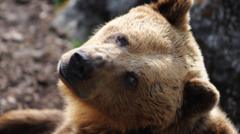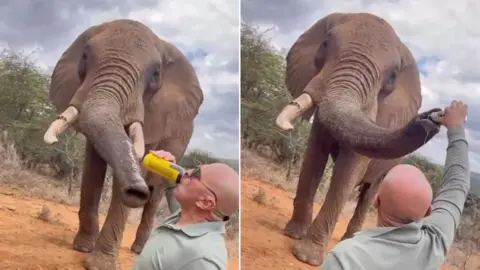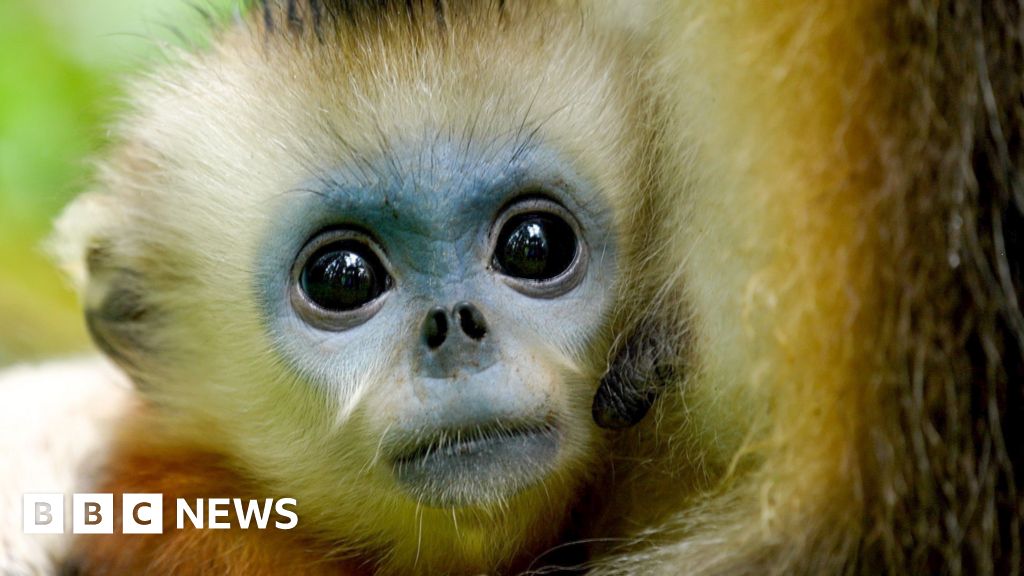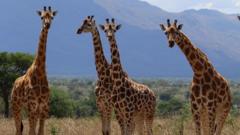In a move that has sparked intense debate, Slovakia's government has moved forward with a plan that will allow for the sale of brown bear meat to the public, following a series of fatal incidents involving these animals. With the cabinet authorizing a cull of about 350 of Slovakia's estimated 1,300 brown bears, conservationists and various political figures have voiced strong opposition to the decision, emphasizing the species' protected status under European Union regulations.
This controversial decision comes in the wake of rising bear-human encounters, including several dangerous attacks. While the government argues that hunting is necessary to manage the population and enhance public safety, critics maintain that efforts should focus on preventive measures, including education and habitat management.
Environmental groups, such as Greenpeace Slovakia, have condemned the culling initiative as reckless, insisting that the government is disregarding scientific advice and EU conservation laws that allow the killing of protected species only in extreme circumstances. Michal Wiezik, an ecologist and member of the European Parliament, has asserted that the culling of bears is misguided, emphasizing that encounters with bears rarely result in harm.
Slovakia’s initiative raises not only ethical questions about wildlife management but also public health concerns. Consumption of bear meat, deemed a delicacy in some regions, carries health risks associated with Trichinella, a parasite that poses serious health threats to humans. The stringent regulations imposed by the EU demand testing for this parasite prior to any sale of bear meat, and adequate cooking measures must be followed to ensure safety.
With Slovakia poised to possibly expose a broader market for bear meat, tensions rise over the complex interplay between wildlife conservation, public health, and community safety. Experts widely agree that sustainable approaches must be sought to protect both human interests and the integrity of wildlife populations. As different stakeholders weigh in on this contentious issue, the dialogue is likely to evolve further amidst growing concerns for the future of brown bears in Europe.
This controversial decision comes in the wake of rising bear-human encounters, including several dangerous attacks. While the government argues that hunting is necessary to manage the population and enhance public safety, critics maintain that efforts should focus on preventive measures, including education and habitat management.
Environmental groups, such as Greenpeace Slovakia, have condemned the culling initiative as reckless, insisting that the government is disregarding scientific advice and EU conservation laws that allow the killing of protected species only in extreme circumstances. Michal Wiezik, an ecologist and member of the European Parliament, has asserted that the culling of bears is misguided, emphasizing that encounters with bears rarely result in harm.
Slovakia’s initiative raises not only ethical questions about wildlife management but also public health concerns. Consumption of bear meat, deemed a delicacy in some regions, carries health risks associated with Trichinella, a parasite that poses serious health threats to humans. The stringent regulations imposed by the EU demand testing for this parasite prior to any sale of bear meat, and adequate cooking measures must be followed to ensure safety.
With Slovakia poised to possibly expose a broader market for bear meat, tensions rise over the complex interplay between wildlife conservation, public health, and community safety. Experts widely agree that sustainable approaches must be sought to protect both human interests and the integrity of wildlife populations. As different stakeholders weigh in on this contentious issue, the dialogue is likely to evolve further amidst growing concerns for the future of brown bears in Europe.


















